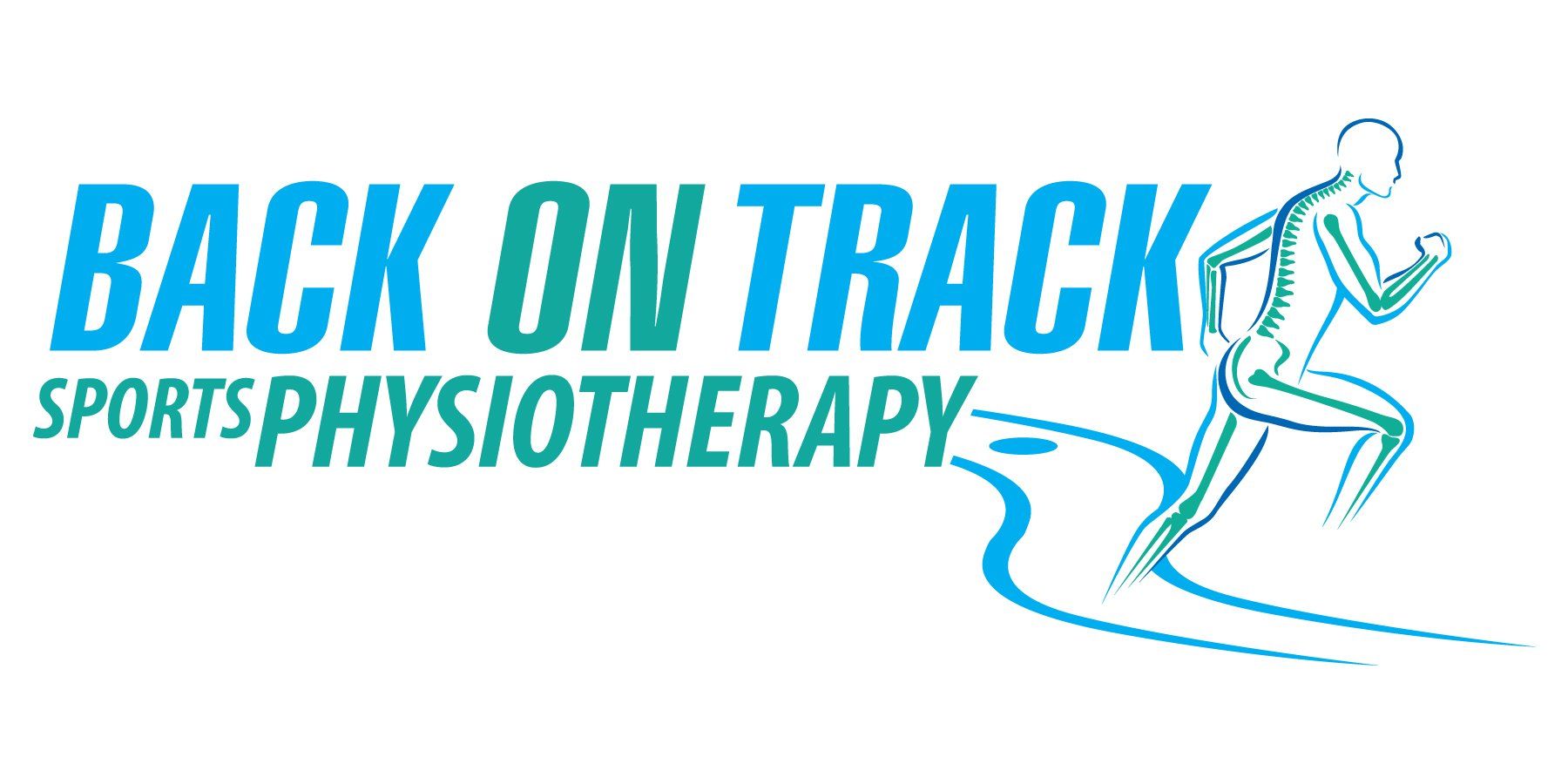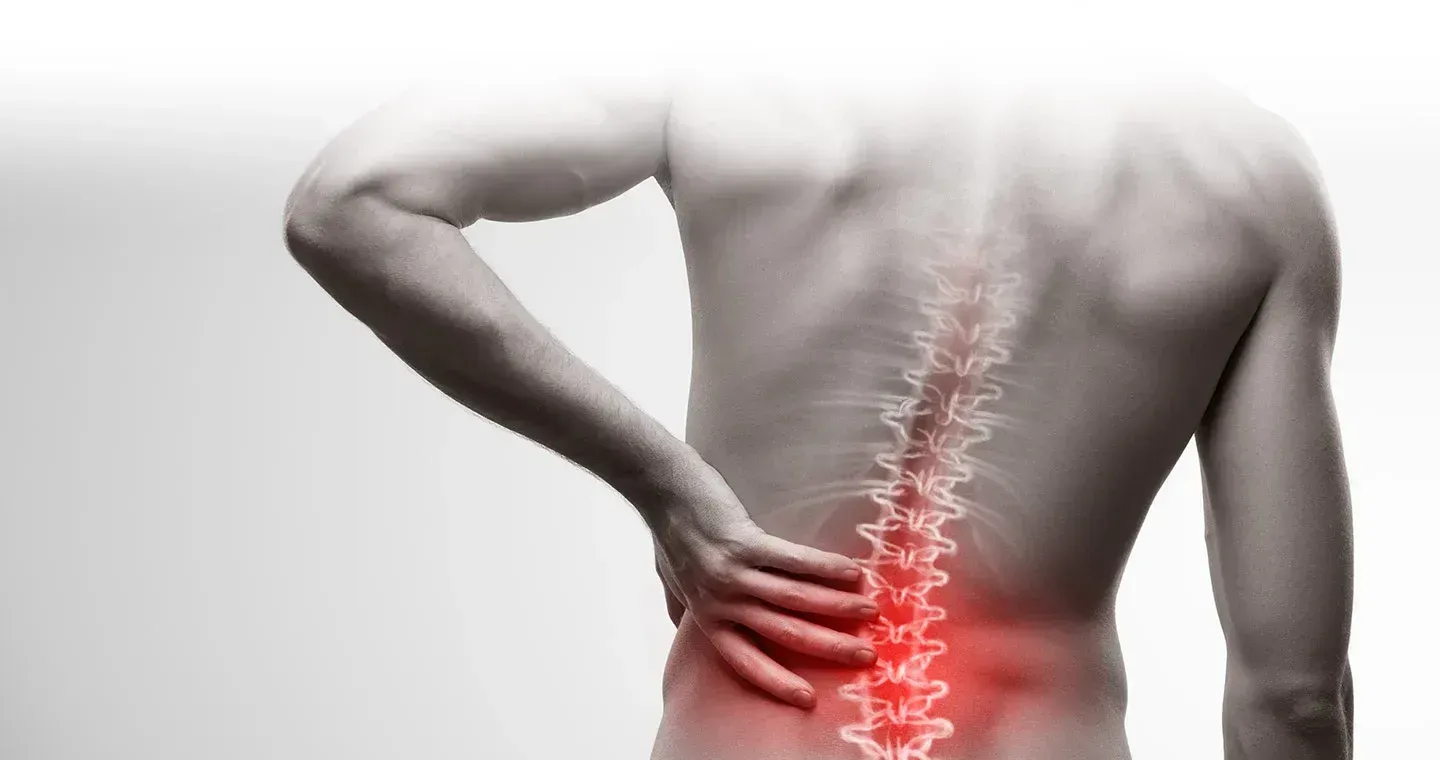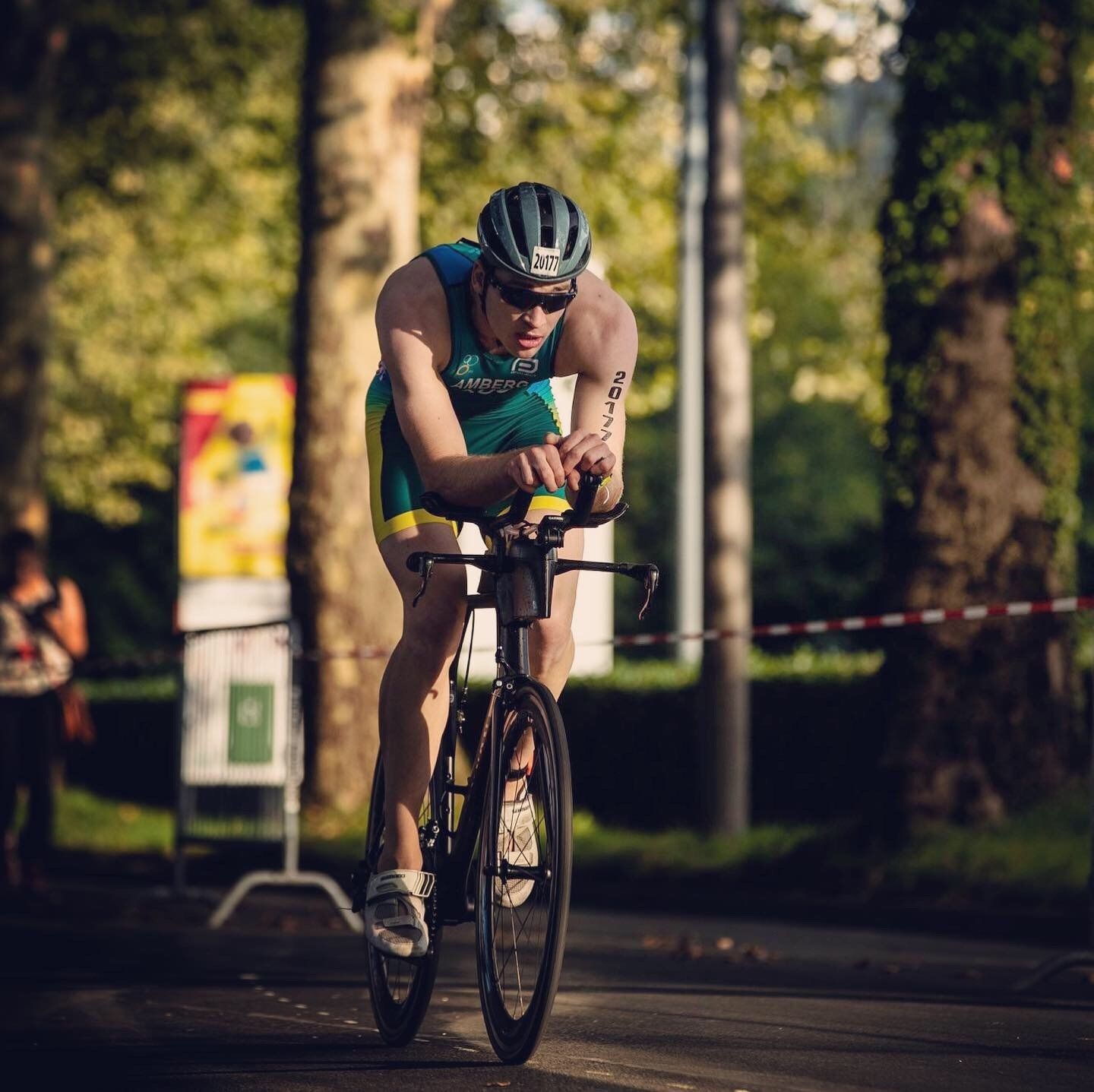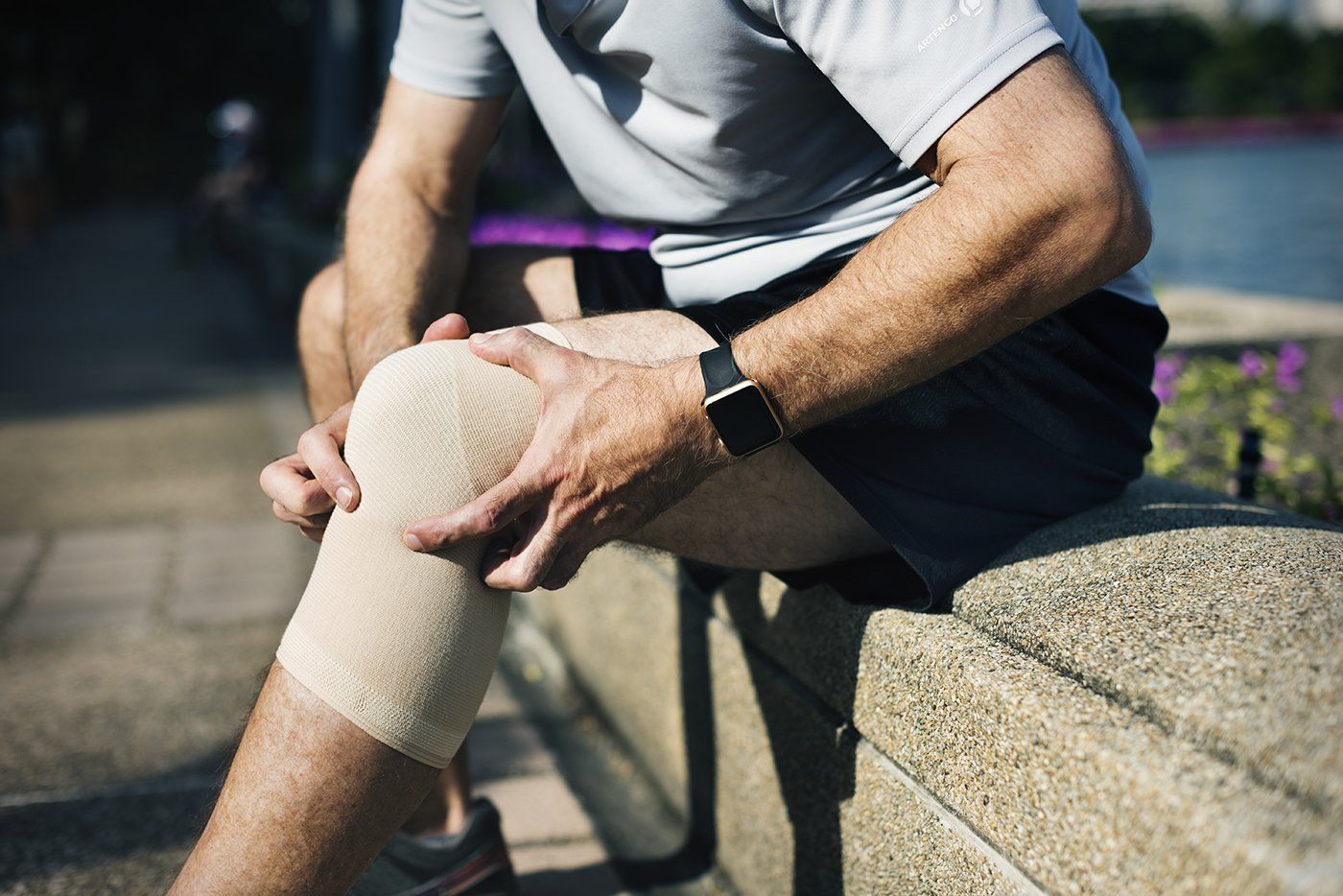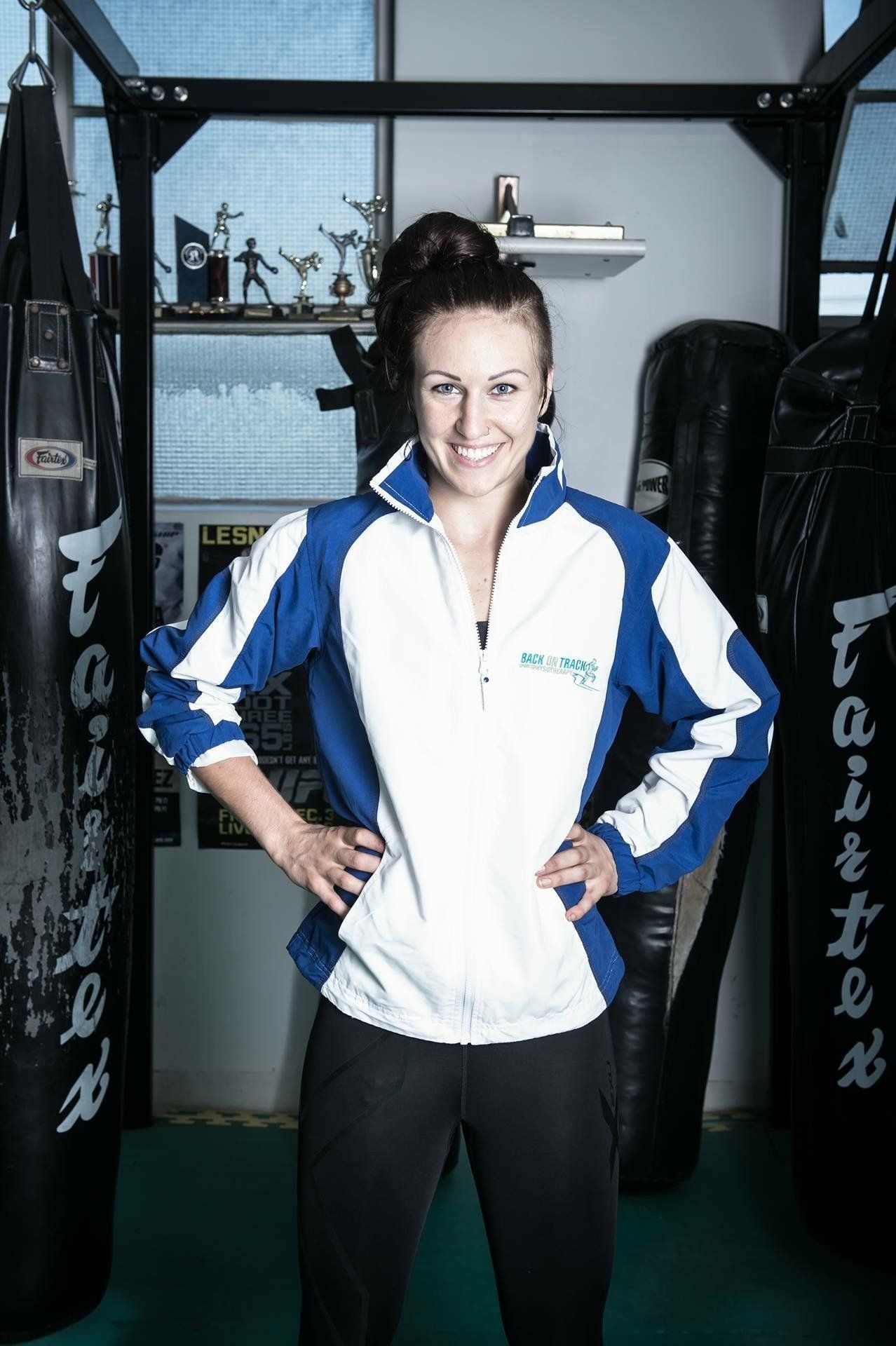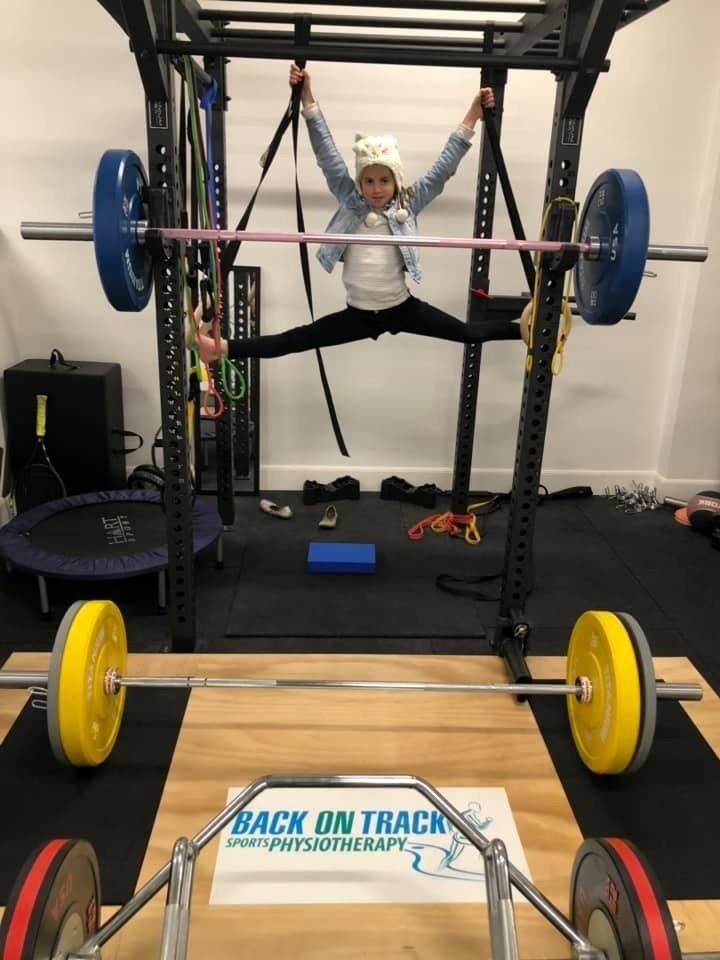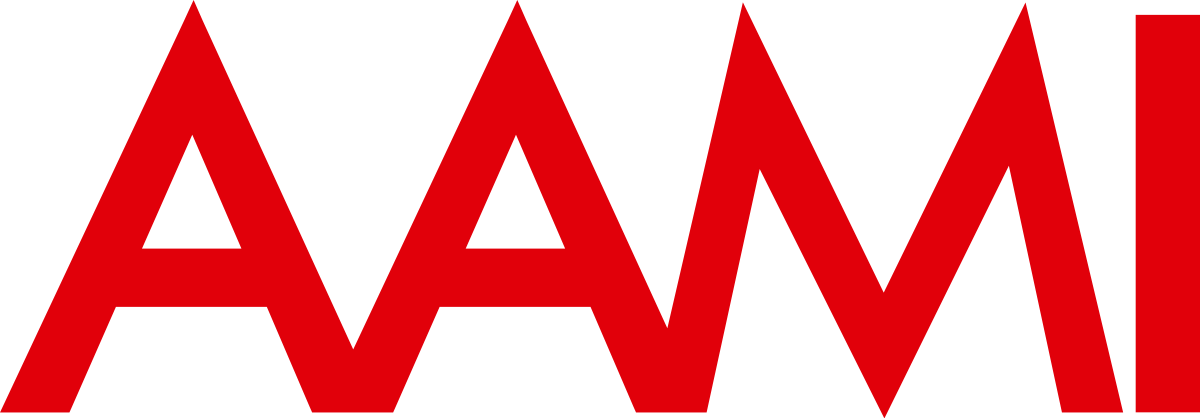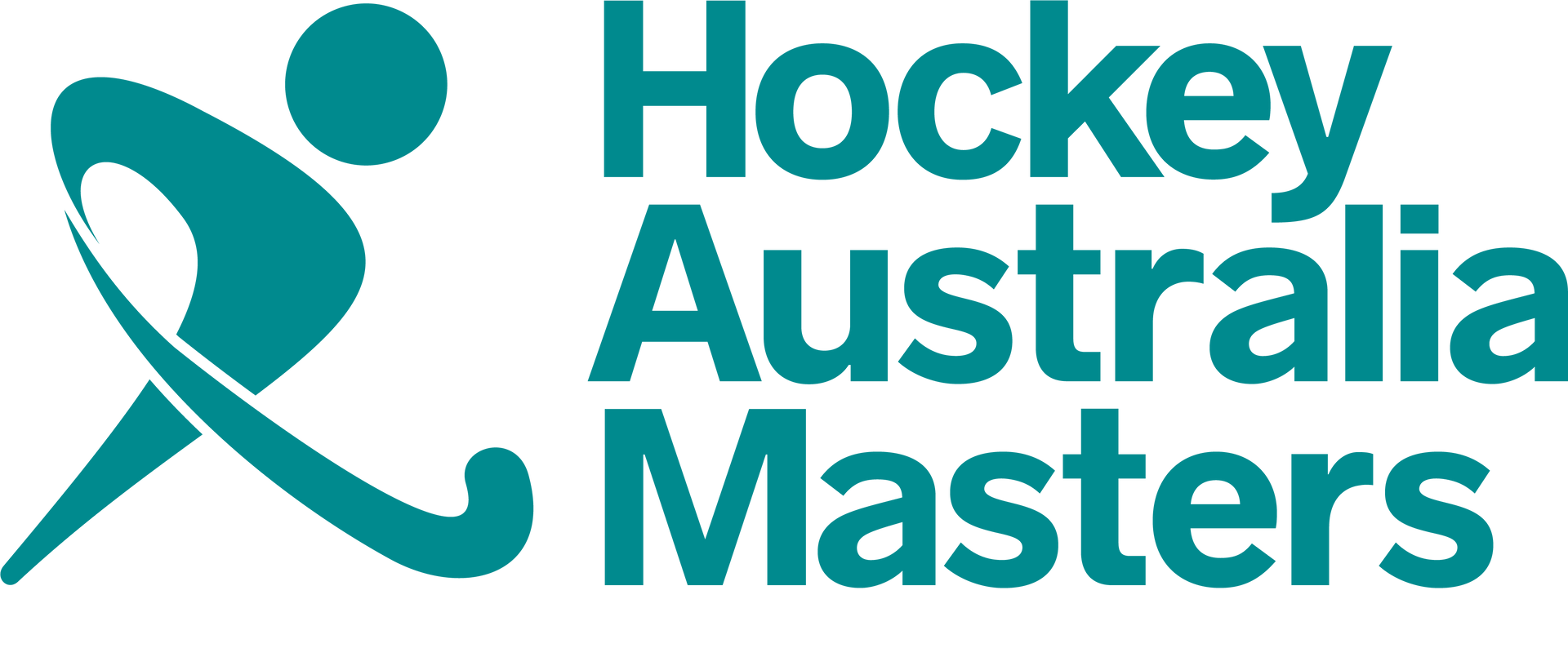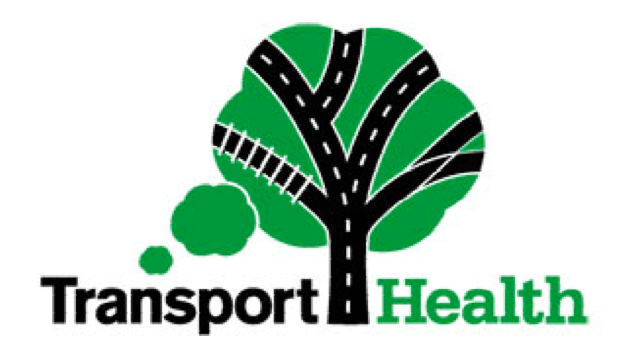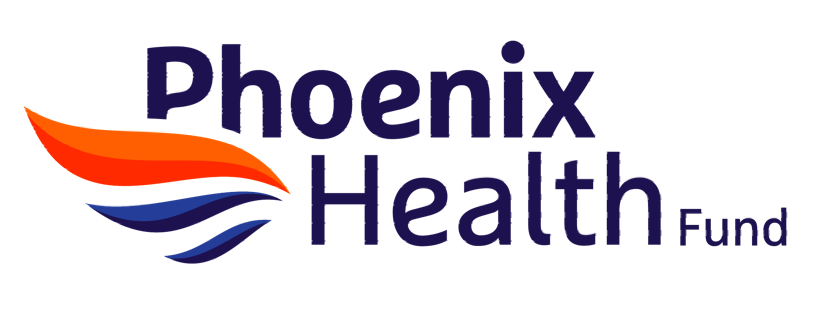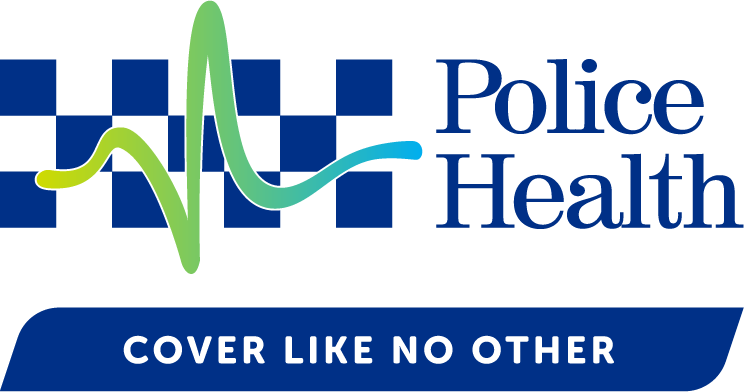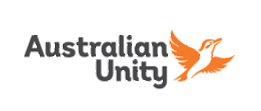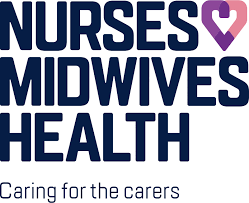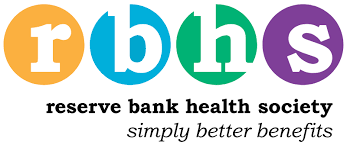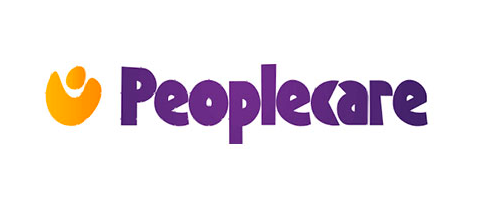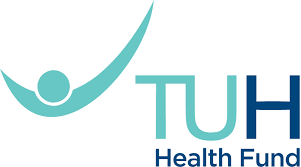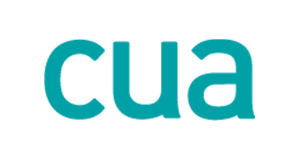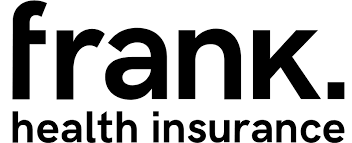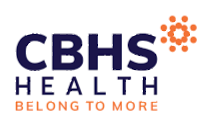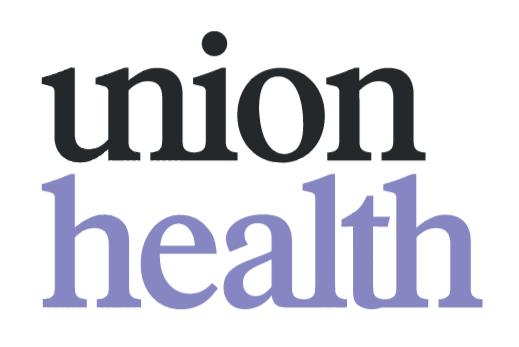Open 7 Days
Acute Injury Management
The POLICE protocol and NO HARMs
Welcome to your recovery guide!
We understand that dealing with an acute injury can be challenging, both physically and emotionally. Following your recent appointment, we’ve put together this comprehensive guide to assist you in managing your recovery effectively. This page is designed to provide you with clear, actionable steps based on the latest evidence and best practices in injury management.
Important Note: Please follow this guide only if your Physiotherapist has sent you this link after your appointment. This guide is tailored specifically for individuals who have had a comprehensive assessment and treatment. Every injury is unique, and the recommendations here are intended for those who have been specifically advised physiotherapist.
Why Follow These Guidelines?
- Optimise Healing: By adhering to these guidelines, you help your body heal more efficiently and reduce the risk of long-term complications
- Manage Symptoms: Our recommendations are tailored to help manage pain, swelling, and other symptoms in a way that promotes optimal recovery
- Enhance Function: Gradually returning to your activities and exercises is crucial for restoring full function and strength
Should you have any questions or need further clarification on any of the steps, don’t hesitate to reach out to our team. We’re here to provide support and ensure that you have all the tools you need for a successful recovery. Your journey to full recovery starts here, and we’re excited to help you every step of the way.
POLICE
List of Services
-
ProtectList Item 1
The principle of "Protect" emphasises the importance of avoiding further tissue damage, but this doesn’t infer indefinite immobilisation. Apply supportive & protective sports tape (must be removed gently after 48 hours) and cushioning, if suitable. Crutches or braces can also be used, if needed.
-
Optimal LoadingList Item 2
Loading the tissue optimally will stimulate the healing process because bones, tendons, ligaments and muscles all require some loading to facilitate the healing process. By way of an example, in the case of an ankle sprain, activation of the calf muscles helps to move swelling up the body against gravity.
In contrast, complete rest would prevent this process. In some injuries, loading may not be necessary, i.e. severe fractures that need surgery. Also, be sure to rest the injured area from aggravating movements to reduce further tissue damage, bleeding and inflammation.
-
Ice
Applying an ice pack for 15-20 minutes every 2 hours in the first 48 hours after injury is recommended. Just use ice in the plastic bag and wrap it around with a glad wrap. Avoid using blue cold pack, fozen vegtables and diposable ice pack.
-
CompressionList Item 4
Arms and legs may be firmly wrapped (not too tightly) to control swelling but not during sleep. You can wear compression garments or arm sleeves.
-
Elevation
any injury in lower extremities just lying on the back anput your legs up on the wall (pillow under the kne if injured you knee). Upper extremities just put your straight arm above your head and resting it on the wall to drain the swelling towards the heart: do this for 5 minutes every 1-2 hours.
-
Educate
It can be highly beneficial to go see a physiotherapist during this intial phase to assist with your injury and rehabiliation journey.
No HARMs Protocol
After applying the P.O.L.I.C.E method, it’s important to follow the No HARMs Protocol. H.A.R.M stands for Heat, Alcohol, Running, Massage and Streching and it serves as a guide for what NOT to do when managing an injury.
To support effective recovery, we implement the No HARM Protocol:
(No) Heat:
Avoid applying heat to the injured area, as it can increase blood flow and swelling.
(No) Alcohol:
Refrain from alcohol consumption, which can inhibit your ability to sense if your injury is worsening and increase blood flow and swelling.
(No) Re-injury:
Avoid any activities that could aggravate the injury and cause further damage.
(No) Massage:
Steer clear of massaging the injured area, as it can promote blood flow and swelling, potentially causing more harm if done too soon.
(No) Stretching:
Do not stretch the injured area, as this can strain the tissues further and delay healing.
Common sporting injuries we treat
At Back on Track, our team of skilled sports injury physiotherapists in Melbourne specialises in a wide range of treatments tailored to address and heal the most common sporting injuries. We aim to ensure you don't just recover but come back stronger. Common sporting injuries we treat include:
- Muscle strains (hamstring, quadriceps, calf)
- Fractures
- Dislocations
- Tendinopathies
- Ligament injuries (ACL, MCL, PCL, LCL)
- Meniscus tears
- Rotator cuff injuries
- Tennis elbow (lateral epicondylitis)
- Golfer's elbow (medial epicondylitis)
- Shin splints
- Patellofemoral pain syndrome (runner's knee)
- Achilles tendinopathy
- Plantar fasciitis
- Concussions
- Muscle cramps or spasms
- Stress fractures
- Shoulder impingement
- Runner's/jumper's knee
- Ankle sprains (inversion, eversion)
- Groin strain
- Hamstring tendonitis
- Rotator cuff tendonitis
- Hip flexor strain
- IT band syndrome
- Bursitis (e.g., hip, shoulder)
- Patellar tendonitis
- Achilles tendon rupture
- Contusions (bruises)
- Lower back injuries
- Hand and wrist injuries
- Hip and gluteal pain
- Quad strain
- Calf strain
- Sprained ankle
- Foot injuries
- Exercise and breast support
5-star Google reviews
Get back on track today
Don't let an acute sports injury keep you sidelined. Trust our expert sports injury physiotherapists in Melbourne to get you back in the game. Get in touch today to schedule an appointment and take the first step towards a swift and successful recovery.
